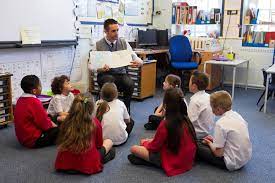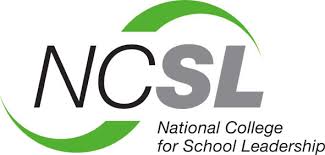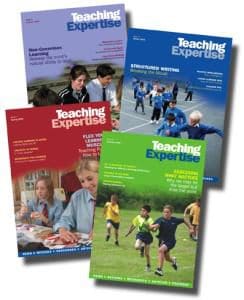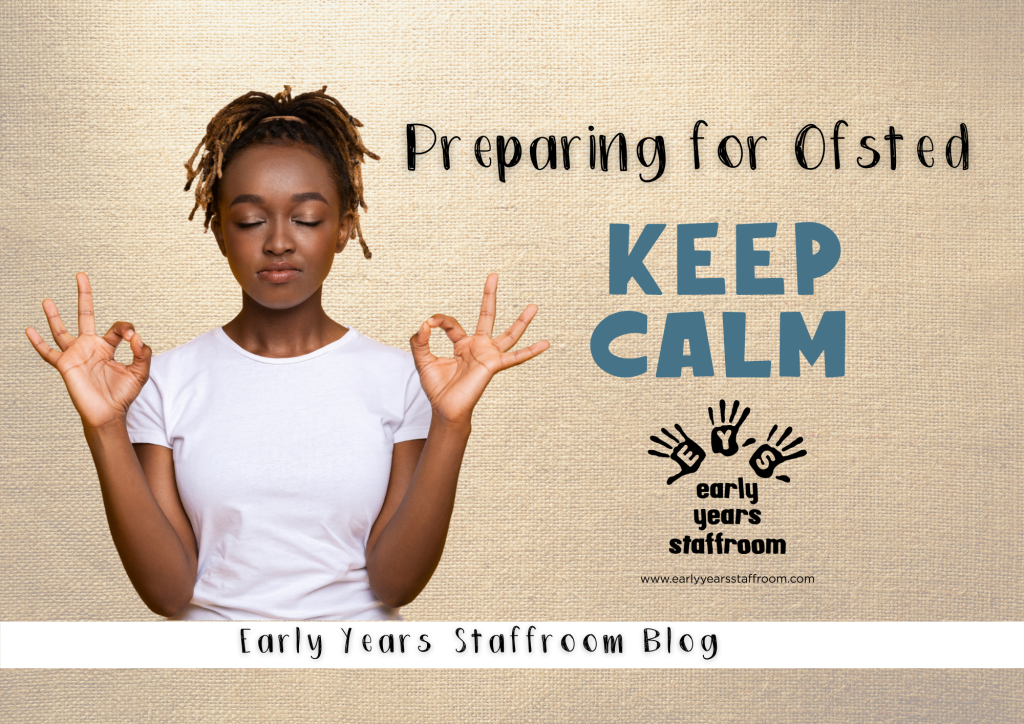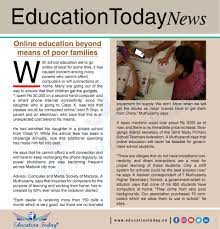In a remarkable achievement for the Welsh education system, a new milestone has been reached that highlights the advancements made in their pedagogical methodologies and dedicated efforts to refine the curriculum. This development will significantly impact the future of Welsh students – ensuring they have access to the highest quality of education and better opportunities to excel in their academic pursuits.
Over the past few years, a series of reforms have taken place within the Welsh educational landscape. The widespread changes aimed at addressing key areas of improvement encompassed curriculum development, digital competence, assessment practices, and teacher professional development. These reforms have collectively driven the growth and success of the Welsh education system and have now culminated in a significant milestone worthy of celebration.
One crucial aspect of these reforms includes an overhaul of the national curriculum. Moving away from traditional subject-centered approaches, the new curriculum now revolves around six Areas of Learning and Experience (AoLE) to offer learners a broader understanding across different subject fields. By exploring connections between diverse disciplines, learners develop critical thinking capacities and problem-solving abilities – vital skills sought after in today’s ever-evolving job market.
Furthermore, digital competence has become an essential cornerstone of Welsh education. With technology being an integral part of modern lives, ensuring that learners can effectively adapt to digital environments is vital. The Digital Competence Framework (DCF) was introduced to develop the digital skills required across all aspects of learning, empowering students with essential knowledge to navigate technology responsibly and thrive in an increasingly digitalized world.
Another significant step has been redesigning assessment practices that holistically evaluate a student’s progress. Moving past traditional standardized testing models, assessment procedures now focus on individual understanding with qualitative feedback becoming instrumental in helping learners improve according to their unique strengths.
Last but not least, teacher professional development has received intensified focus within Wales. To ensure teachers are well-equipped to foster success among their students, high-quality training and resources are readily available. This equips educators with the ability to adapt to new teaching methods, adjusting their practices in line with changing academic demands.
The Welsh education system’s achievements are a testament to their commitment to continuous improvement to foster an inclusive and robust learning environment for each student. This new milestone will not only elevate the educational experience for Welsh students but also set a precedent for other educational systems around the world. As Wales continues on its path toward educational excellence, it truly solidifies its place as a global leader in innovative and progressive education.
